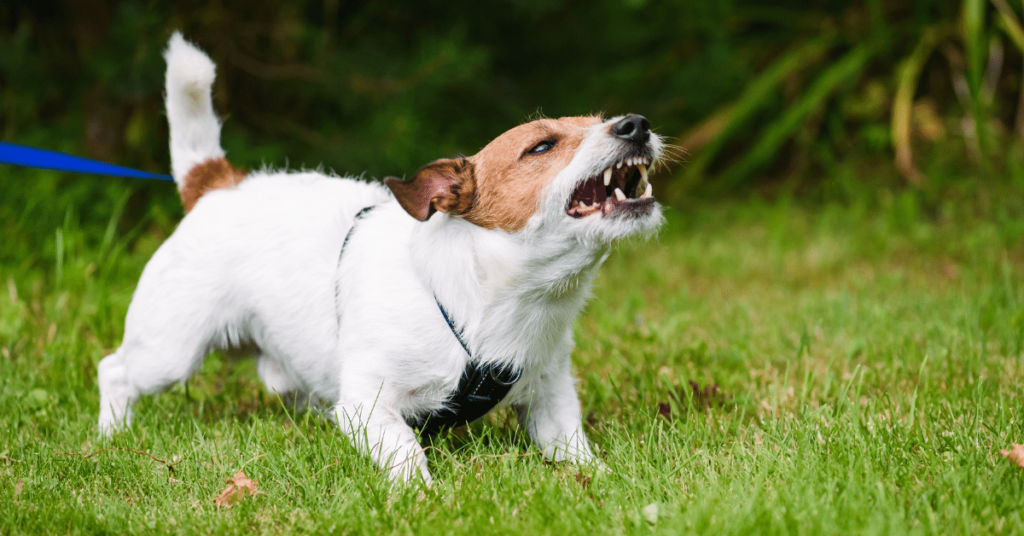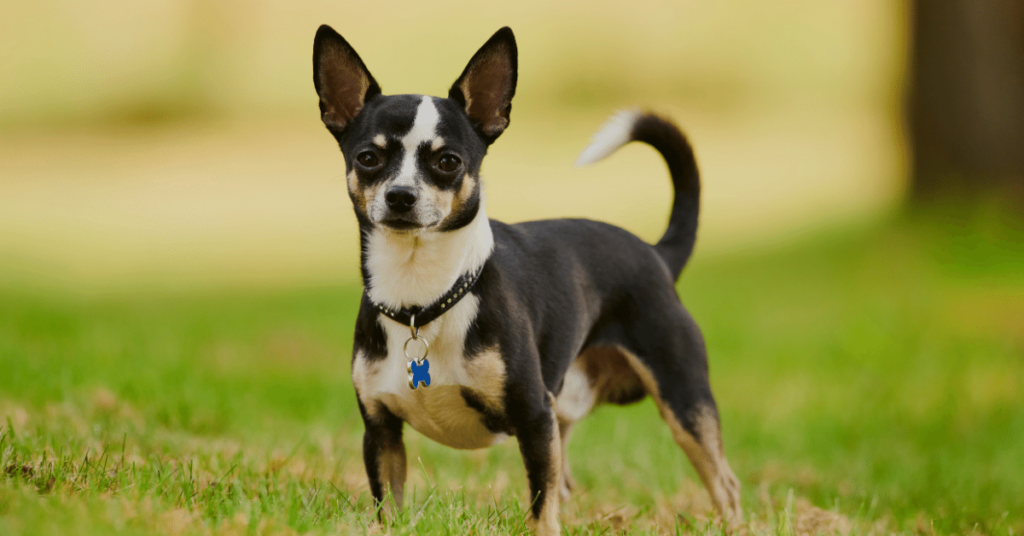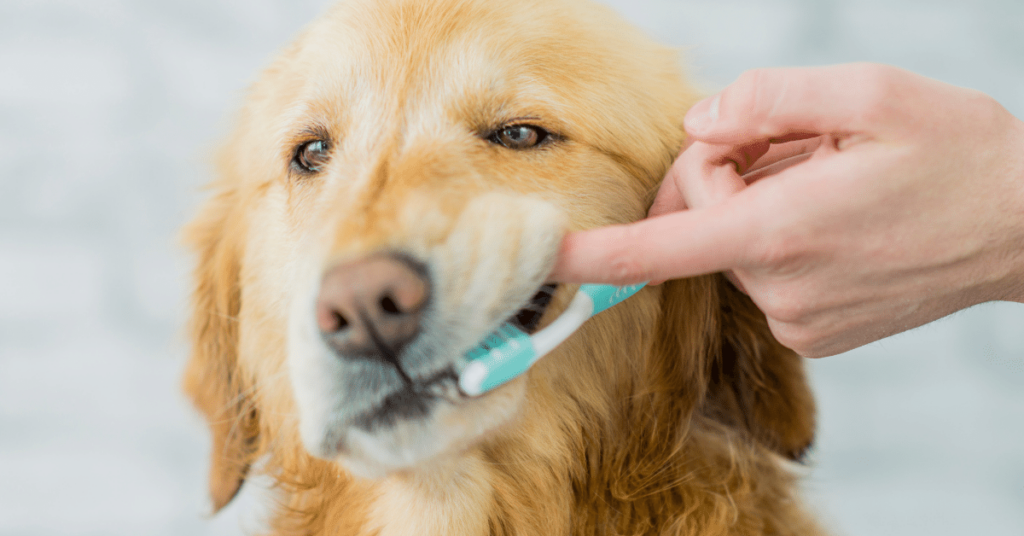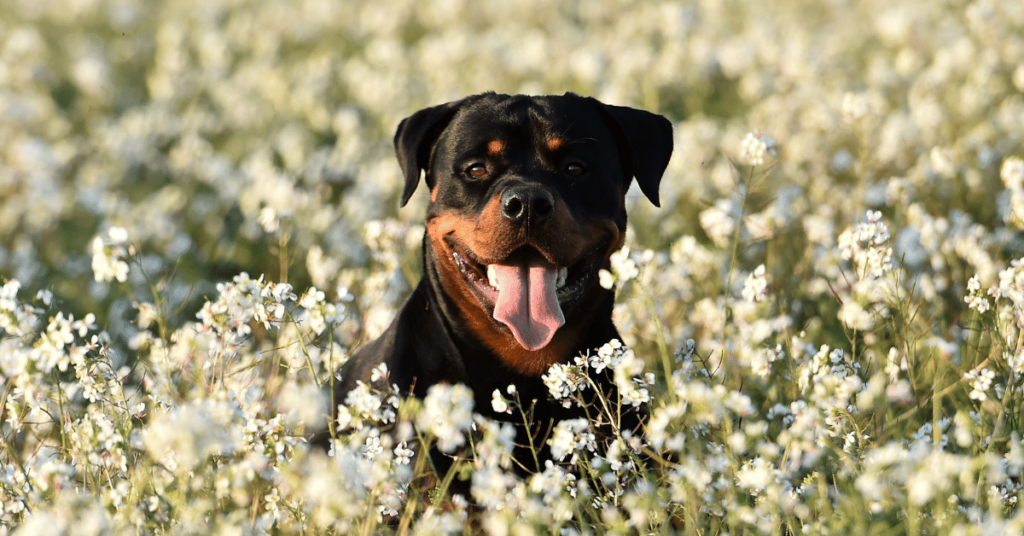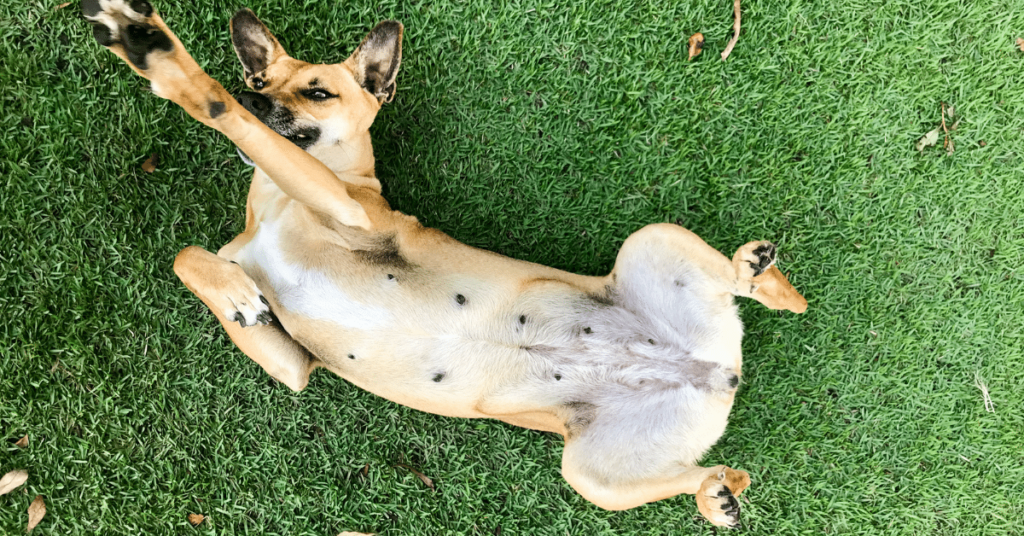Introduction
Aggression in dogs is a concerning behavior issue that can be both distressing and dangerous. Understanding the causes behind aggression and implementing effective prevention and management strategies is vital for the well-being of both your dog and those around them. In this article, we will delve into the complexities of canine aggression and provide insights on how to address this issue.
Understanding Canine Aggression
What is Canine Aggression?
Aggression in dogs refers to threatening behavior that includes growling, snarling, and biting. It may be directed towards other animals, humans, or even objects. Aggression can be a result of various factors, each requiring a unique approach to address.
Common Causes of Aggression
- Fear and Anxiety: Dogs who perceive a threat or feel unsafe may resort to aggression as a defense mechanism. Fear aggression can develop from traumatic experiences or a lack of early socialization.
- Protectiveness and Territoriality: Dogs have a natural instinct to protect their resources, such as food, toys, or territory. Aggression may arise when they perceive a threat to these possessions.
- Dominance and Social Hierarchy: Some dogs exhibit aggression as a means to establish dominance or maintain their social status. This form of aggression is more common among intact male dogs.
- Pain and Medical Conditions: Dogs in pain may exhibit aggressive behavior to protect their sensitive areas. It is essential to rule out any underlying medical conditions that may contribute to aggressive tendencies.
- Frustration and Lack of Stimulation: Dogs that are consistently bored or lack mental and physical stimulation may channel their frustration into aggressive behavior.
Early Intervention and Prevention
Addressing aggression in its early stages can minimize the risk of escalation. Here are some preventative strategies to consider:
- Socialization: Expose your puppy to various people, animals, and environments at an early age to help them feel more comfortable in different situations.
- Positive Reinforcement Training: Utilize reward-based training methods to reinforce desirable behaviors and discourage aggression.
- Establish Clear Boundaries: Dogs thrive on consistency and clearly defined rules. Establishing boundaries will help prevent confusion and reduce anxiety.
- Regular Exercise and Mental Stimulation: Provide your dog with ample exercise and mental enrichment to alleviate boredom and frustration.
- Spay or Neuter: Having your dog spayed or neutered can reduce aggression linked to hormonal changes and prevent unwanted behaviors.
Managing Aggression in Dogs
Seek Professional Help
If your dog exhibits aggressive behavior, consulting a professional dog trainer or animal behaviorist is crucial. They can assess your dog’s behavior and provide tailored guidance to address the aggression effectively.
Counterconditioning and Desensitization
Counterconditioning is a technique that aims to change an aggressive response into a positive one. By associating previously negative stimuli with positive experiences, the dog can learn to form new associations. Desensitization involves gradually exposing the dog to the triggering stimuli at a controlled pace while ensuring they remain calm and relaxed.
Behavior Modification
Behavior modification techniques focus on changing the underlying emotions and motivations that drive the aggressive behavior. This may involve teaching alternative behaviors, implementing relaxation exercises, or providing controlled exposure to triggers under professional guidance.
Ensuring Safety
While addressing aggression, it is crucial to prioritize safety for everyone involved. Implement the following measures:
- Use Appropriate Equipment: Ensure your dog is fitted with secure and humane equipment, such as a well-fitting harness or muzzle, as recommended by a professional.
- Avoid Triggers: Identify and avoid situations or stimuli that provoke aggression until proper management and training can be implemented.
- Supervision and Management: Always supervise your dog around unfamiliar people, animals, or children. Provide a safe and controlled environment to prevent potential aggressive episodes.
Summary
Addressing aggression in dogs requires a multi-faceted approach that encompasses understanding the underlying causes, preventative measures, and effective management techniques. By prioritizing early intervention, seeking professional help, and implementing training strategies, you can help your dog develop better behavior and ensure a harmonious relationship. Remember, aggression should never be ignored, and seeking professional guidance is crucial for the well-being and safety of everyone involved.

